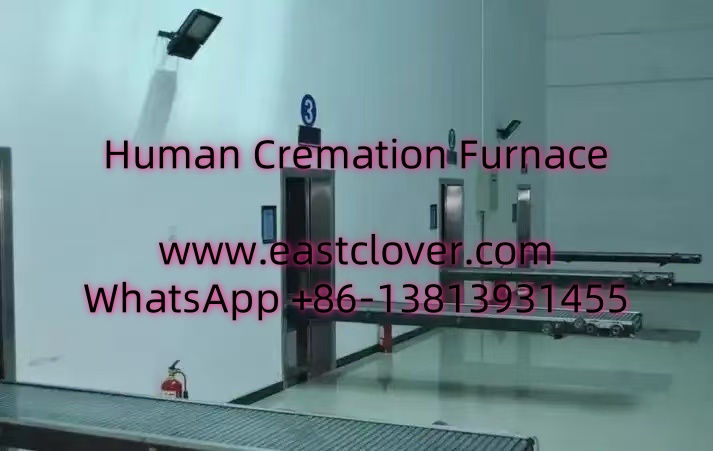Smart Controlled Human Cremation Furnace Technology
Funeral practices have evolved significantly over centuries, reflecting cultural, technological, and environmental shifts. One of the most notable advancements in recent years is the development of smart controlled cremation furnace technology, which integrates Internet of Things (IoT) solutions to revolutionize end-of-life ceremonies. These systems combine precision engineering, automation, and connectivity to address inefficiencies in traditional cremation processes while promoting sustainability and transparency.
Core Components of Smart Cremation Furnaces
Modern smart cremation furnaces are equipped with advanced features:
- IoT-Enabled Sensors: Monitor temperature, fuel consumption, emissions, and internal conditions in real time.
- Automated Controls: Adjust combustion parameters to optimize efficiency and reduce energy waste.
- Data Analytics Platforms: Process operational data to generate reports for regulatory compliance and process improvement.
- User Interfaces: Touchscreens or mobile apps allow operators and families to track the cremation process remotely.
Key Features and Innovations
Smart furnaces prioritize precision and accountability. For example, RFID tags or QR codes linked to the deceased’s records ensure accurate identification, while emission-control systems filter particulate matter and harmful gases. Post-cremation, IoT tools can automate the processing of ashes, enabling customized memorialization services.
IoT’s Transformative Role in Modern Funeral Practices
IoT bridges the gap between cremation infrastructure and digital innovation, offering stakeholders unprecedented control and insight.
Remote Monitoring and Transparency
Families can access real-time updates via secure portals, observing temperature curves or fuel usage. This transparency builds trust and reduces anxiety during an emotionally challenging time.
Predictive Maintenance
Sensors detect wear and tear in furnace components, alerting technicians before breakdowns occur. This minimizes downtime and ensures consistent service quality.
Environmental Compliance
IoT systems track emissions and energy consumption, helping facilities adhere to strict environmental regulations. Data logs simplify audits and demonstrate commitment to sustainability.
Integration with Memorial Services
Smart cremation systems can sync with digital memorial platforms, enabling virtual ceremonies or automated ash-scattering drones. IoT thus extends its impact beyond the furnace itself.
Benefits of Smart Controlled Cremation
- Reduced Environmental Footprint: Optimized fuel use and emissions control lower carbon output.
- Operational Efficiency: Automation reduces human error and labor costs.
- Enhanced Dignity: Precision handling and tracking ensure respectful treatment of remains.
- Cost Savings: Energy-efficient operations and predictive maintenance cut long-term expenses.
Challenges and Considerations
While promising, the adoption of smart cremation technology faces hurdles:
- Data Security: Protecting sensitive information from cyber threats is critical.
- High Initial Costs: Retrofitting legacy systems requires significant investment.
- Cultural Resistance: Some communities may distrust automated funeral processes.
- Regulatory Complexity: Compliance standards vary globally, complicating implementation.
www.southclover.com
Smart controlled cremation furnace technology, powered by IoT, marks a paradigm shift in funeral practices. By merging technical precision with ethical considerations, these systems offer sustainable, transparent, and dignified solutions for end-of-life services. As societal attitudes toward death and technology evolve, IoT-driven innovations will likely become standard, fostering a more connected and eco-conscious approach to memorialization.
Frequently Asked Questions (FAQs)
How does IoT improve cremation processes?
IoT enables real-time monitoring, automation, and predictive maintenance, enhancing efficiency and reducing environmental impact.
Are smart cremation furnaces more eco-friendly?
Yes. They optimize fuel use, minimize emissions, and ensure compliance with environmental regulations through data-driven adjustments.
Can families interact with the system remotely?
Many systems offer secure portals for families to track the process and receive digital updates.
What safeguards protect data privacy?
Encryption, access controls, and anonymization techniques are used to secure personal and operational data.
Is smart cremation cost-prohibitive?
Initial costs are higher, but long-term savings from efficiency and maintenance often offset the investment.
How do these systems handle cultural or religious practices?
Many technologies are customizable to align with specific rituals, such as timed cremation cycles or ash-handling protocols.

Comments are closed